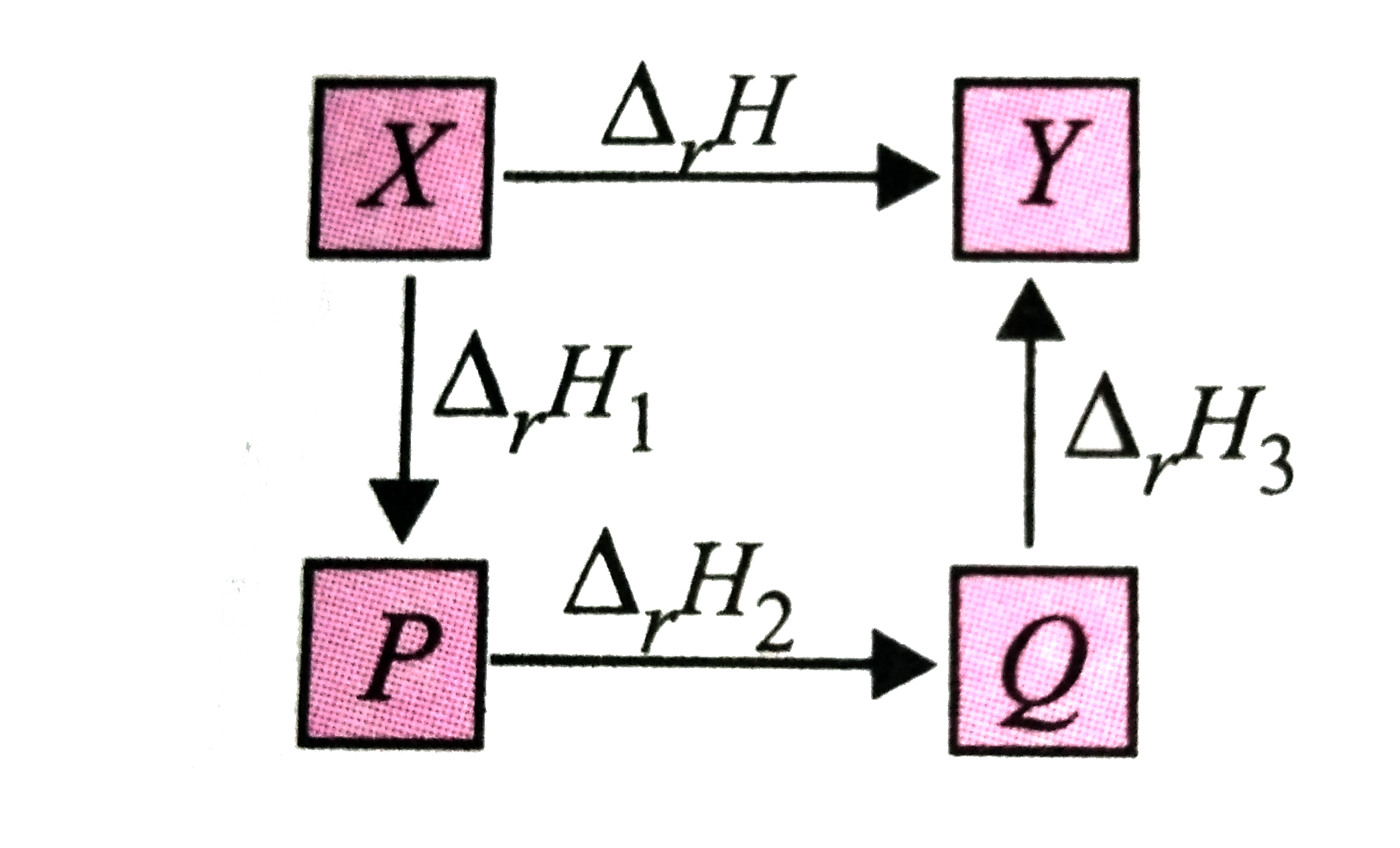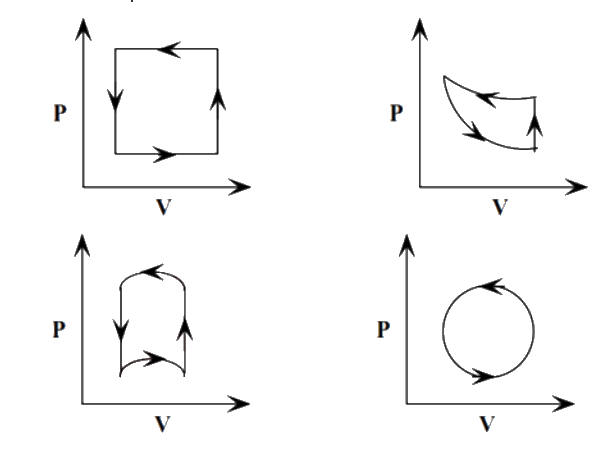Which cellular process is shown below?
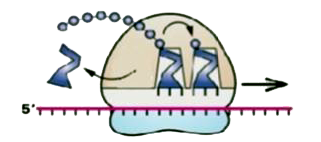
DNA Replication
Translation - Initiation
Translation - Elongation
Translation – Termination
Step by step video & image solution for Which cellular process is shown below? by Biology experts to help you in doubts & scoring excellent marks in Class 12 exams.
Topper's Solved these Questions
- BOOK - CBSE MODEL PAPERCHAPTER - SAMPLE PAPER 2022EXERCISE - Questions in lieu of diagram based questions for VI candidates (Section - A)5videos
SAMPLE PAPER 2022
- BOOK - CBSE MODEL PAPERCHAPTER - SAMPLE PAPER 2022EXERCISE - Questions in lieu of diagram based questions for VI candidates (Section - B)4videos
SAMPLE PAPER 2022
- BOOK - CBSE MODEL PAPERCHAPTER - SAMPLE PAPER 2022EXERCISE - SECTION - B24videos
SAMPLE PAPER 2022
- BOOK - CBSE MODEL PAPERCHAPTER - PRACTICE PAPER 2022EXERCISE - MULTIPLE CHOICE QUESTION60videos
PRACTICE PAPER 2022
- BOOK - CBSE MODEL PAPERCHAPTER - SAMPLE PAPER 2022 TERM IIEXERCISE - SECTION C2videos
SAMPLE PAPER 2022 TERM II
Similar Questions
Knowledge Check
- Question 1 - Select One
Which process is identical with the cyclic process shown below ? If AB and CD are adiabatic process.
 A
A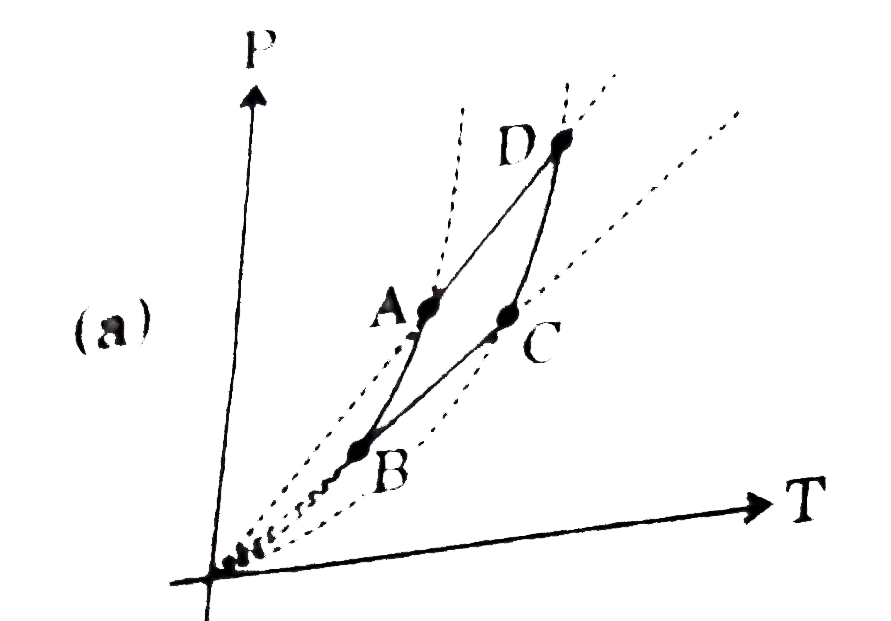 B
B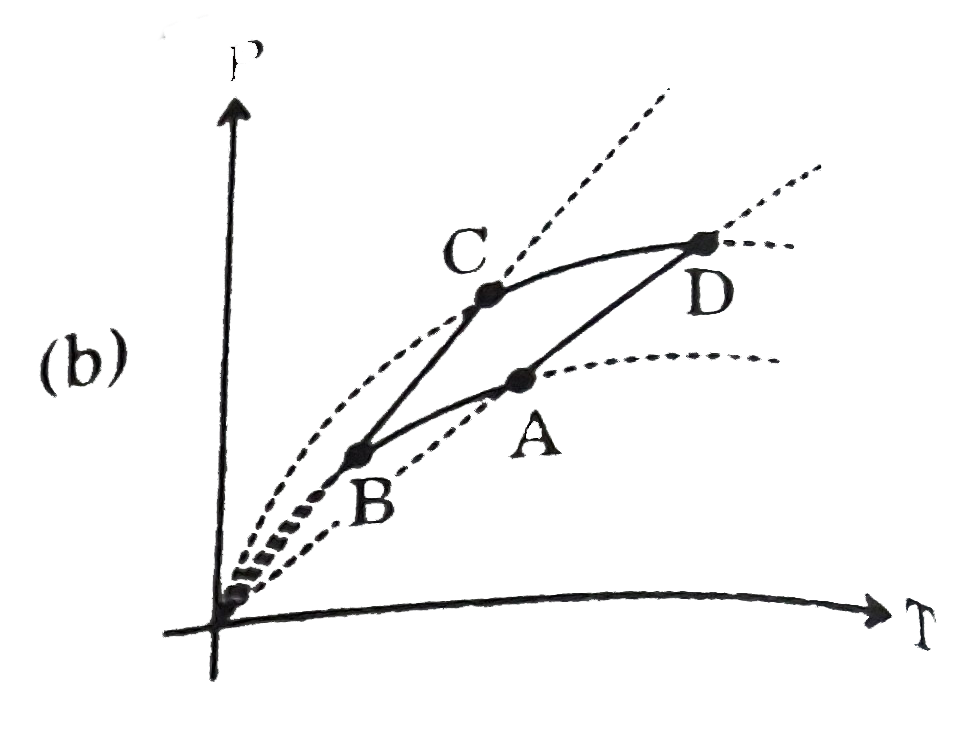 C
C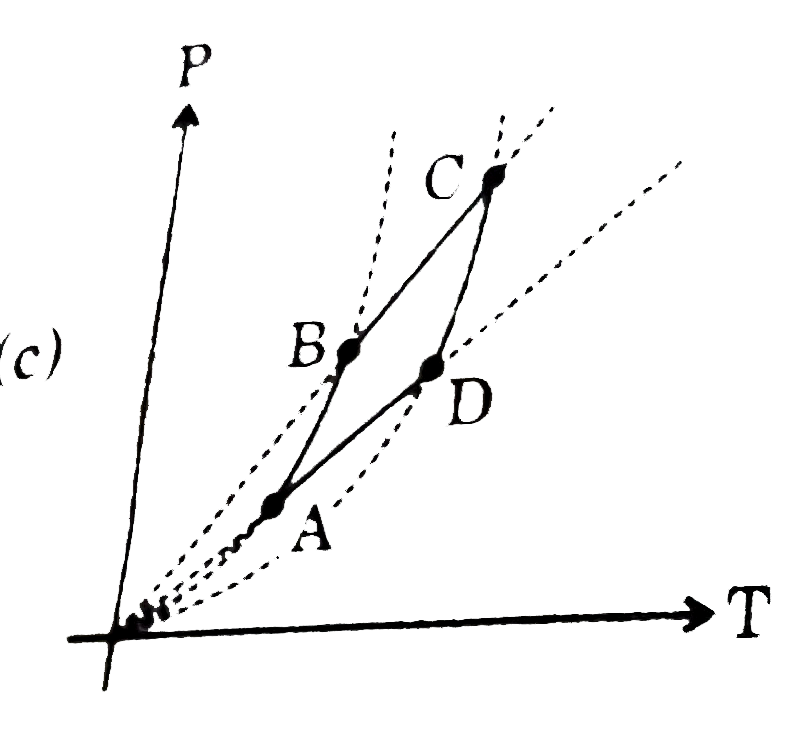 D
D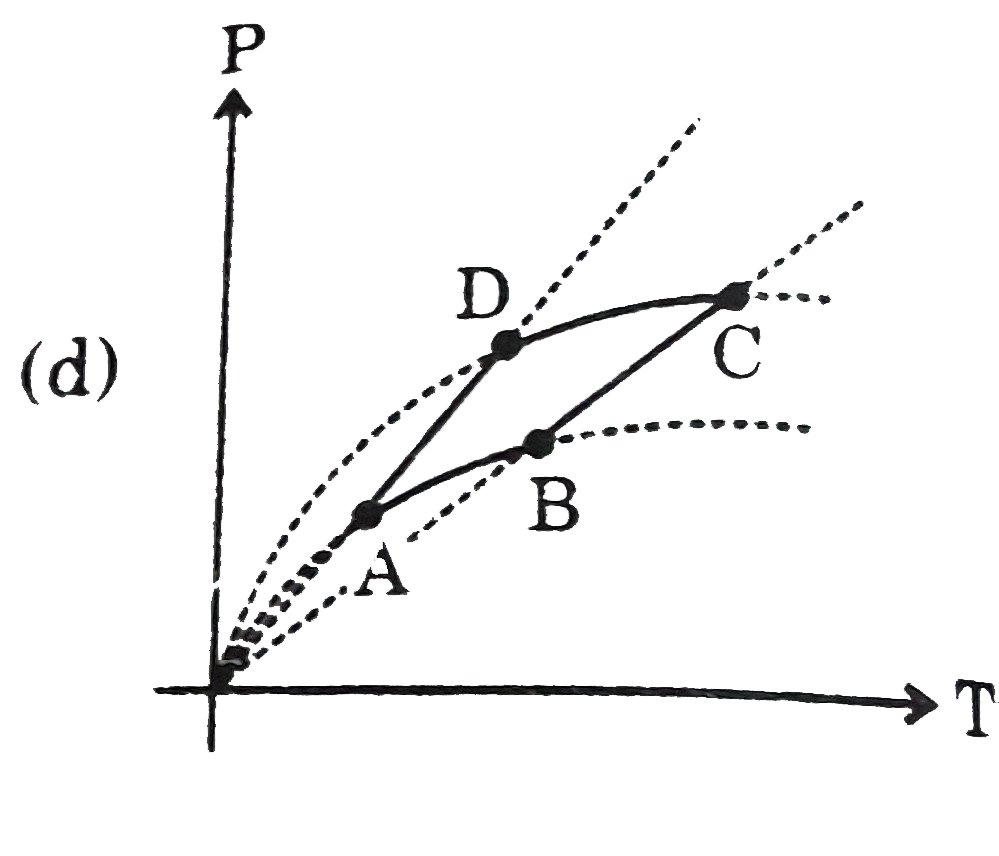
- Question 2 - Select One
A Eukaryotic cell has membrane bound organelles, including a nucleus, which allow cellular processes to be carried out in .........
ABifurcationBIsolationCInclusionDCassation - Question 3 - Select One
Senescence as an active devlopmental cellular process in the growth and functioning of a flowering plant, is indicated in
AAnnual plantsBFloral partsCVessels and trachieid differentiationDLeaf abscission
Which process is shown in the above figure?
View SolutionWhich of the processes is being shown in the figure ?
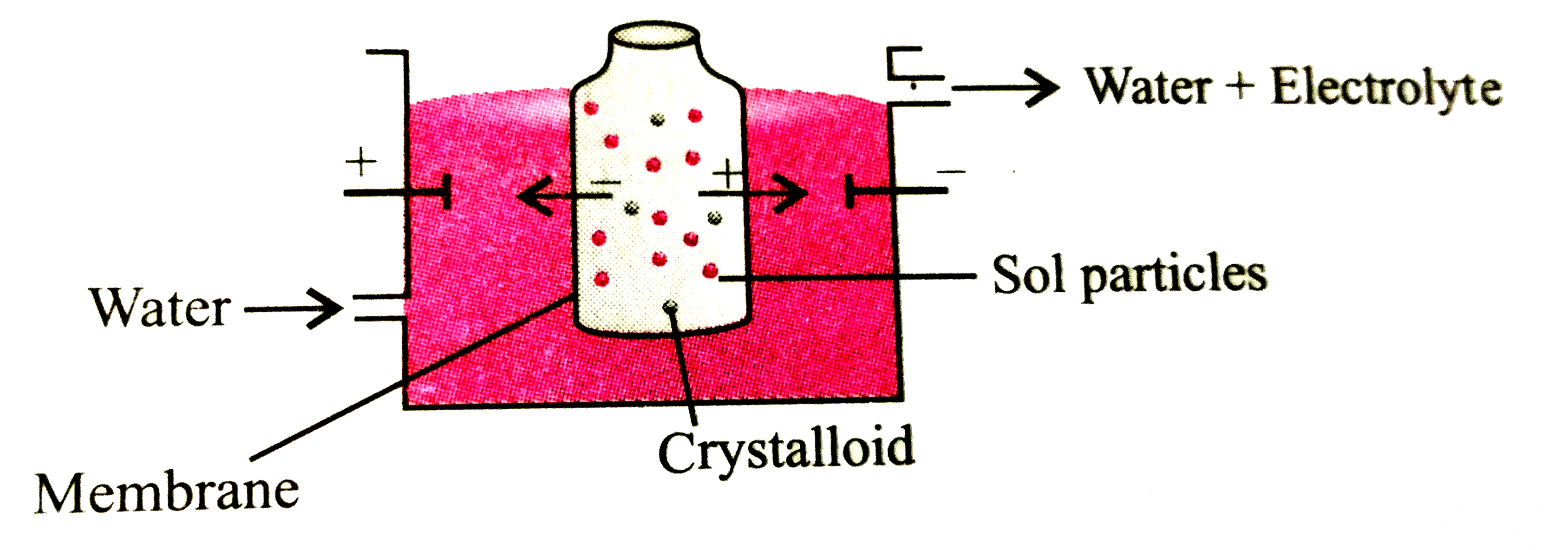 View Solution
View SolutionOne mole of monoatomic gas is taken through cyclic process shown below TA=300 K.Process AB is defined as PT=constant.
 View Solution
View SolutionOne mole of ideal gas undergoes a linear process as shown in figure below. Its temperature expressed as function of volume V is -
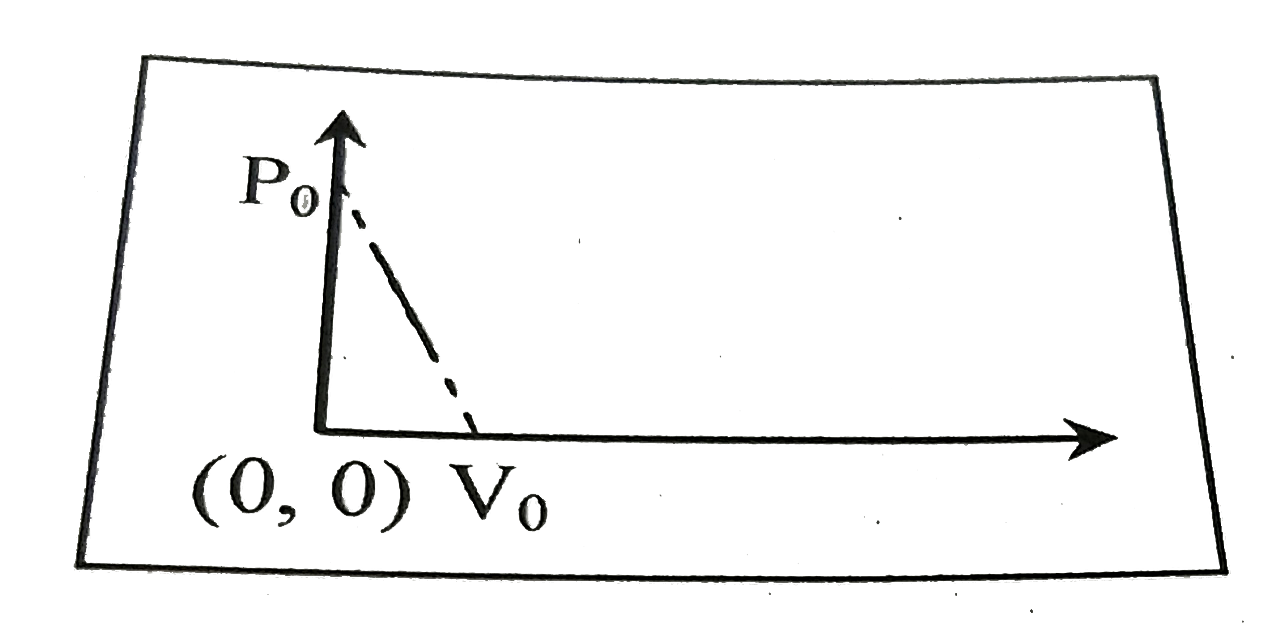 View Solution
View SolutionIn the process shown below, which of the following option is correct ?
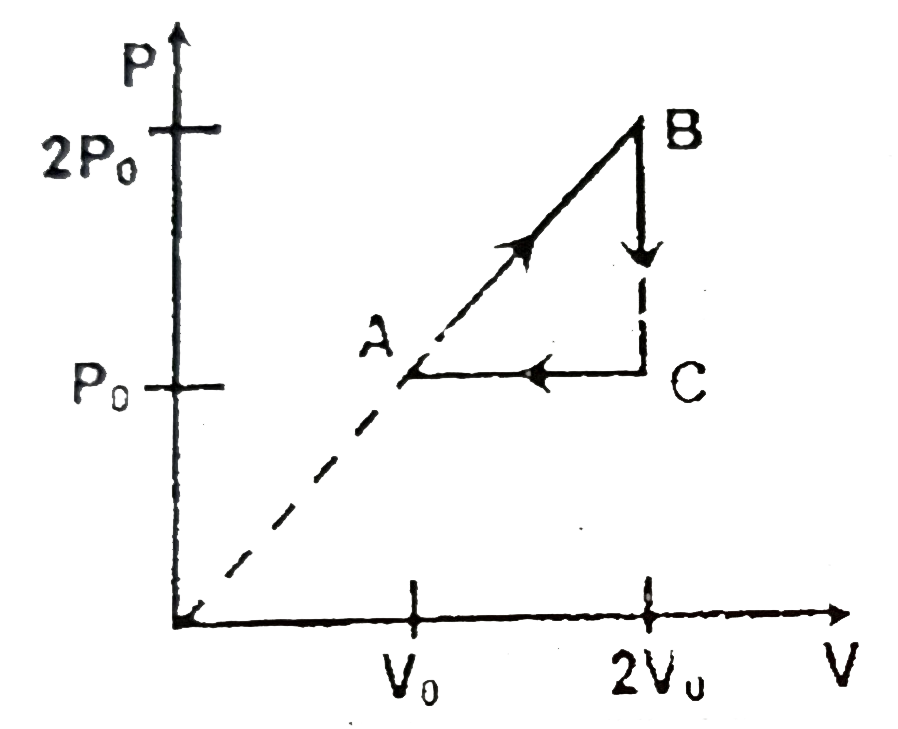 View Solution
View Solution


